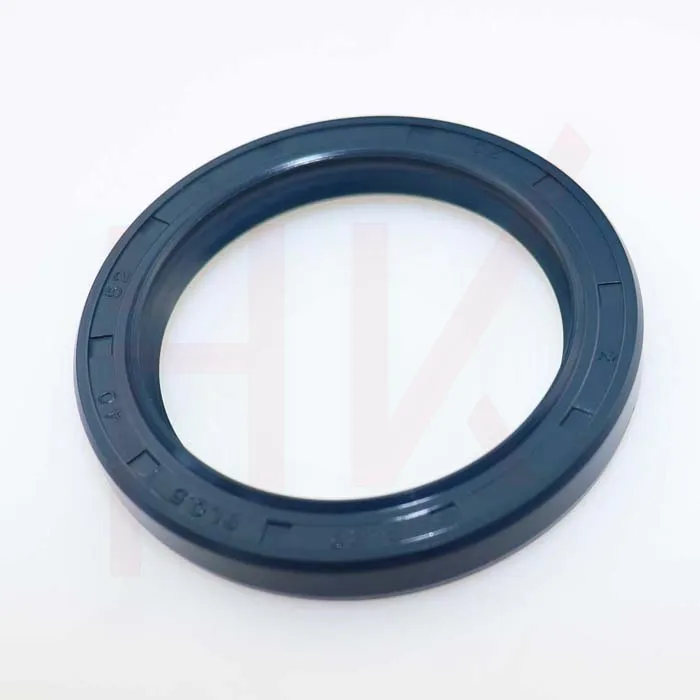Dec . 04, 2024 09:07 Back to list
hydraulic cylinder seal kit material
Understanding Hydraulic Cylinder Seal Kit Materials
Hydraulic systems are pivotal in a variety of industries, from construction machinery to automotive applications. At the heart of these systems are hydraulic cylinders, which convert hydraulic energy into mechanical energy to perform tasks. A crucial component of hydraulic cylinders is the seal kit, designed to prevent fluid leaks and ensure the efficient operation of the system. Understanding the materials used in hydraulic cylinder seal kits is essential for selecting the right components for specific applications.
The Importance of Seal Kits
Before delving into materials, it’s important to understand the role of seal kits. They are designed to prevent the escape of hydraulic fluid, protect internal parts from contaminants, and maintain pressure within the cylinder. A well-functioning seal kit ensures the longevity of the hydraulic system, enhances performance, and minimizes maintenance costs. The selection of materials for these seals plays a significant role in their effectiveness and durability.
Common Seal Kit Materials
1. Nitrile Rubber (NBR) Nitrile rubber is one of the most widely used materials for hydraulic seals. It offers excellent resistance to abrasion, oil, and petroleum-based fluids, making it ideal for many hydraulic applications. NBR can withstand temperatures ranging from -40°C to +100°C and is often used in general-purpose hydraulic systems. However, its resistance to heat and chemicals diminishes at high temperatures or in the presence of certain solvents.
2. Polyurethane (PU) Polyurethane seals are known for their high abrasion resistance and mechanical strength. They provide superior sealing properties, making them suitable for dynamic applications where movement occurs. Polyurethane exhibits excellent resilience and can function effectively in a wide range of temperatures, typically from -30°C to +80°C. However, it may not perform well in environments exposed to high moisture or certain chemicals.
3. Fluorocarbon (FKM or Viton) Fluorocarbon seals are engineered to withstand aggressive chemicals, high temperatures, and harsh environments. These seals can handle working temperatures often exceeding 200°C and are highly resistant to fuels, oils, and solvents. Ideal for extreme applications, FKM seals are commonly found in aerospace, automotive, and industrial hydraulic systems. However, they are typically more expensive than NBR or PU, which can be a consideration for budget-sensitive projects.
hydraulic cylinder seal kit material

4. Silicone Rubber (VMQ) Silicone seals are valued for their flexibility and resistance to temperature extremes, making them suitable for applications that involve high temperatures or require extensive stretchability. Silicone can perform in a temperature range of -60°C to +200°C, but its weakness lies in low mechanical properties and less resistance to hydraulic fluids and oils. Thus, its use is often limited to situations where fluid exposure is minimal.
5. Ethylene Propylene Diene Monomer (EPDM) EPDM seals provide excellent resistance to ozone, weathering, and aging, making them suitable for outdoor applications. They also exhibit good performance in a broad range of temperatures, from -40°C to +120°C. However, EPDM is not compatible with petroleum oils and should be avoided in applications where oil exposure is likely.
Selecting the Right Material
Choosing the right material for hydraulic cylinder seal kits requires careful consideration of several factors, including
- Operating Temperatures Understand the temperature range within which the hydraulic system operates and select materials that can withstand these conditions. - Fluid Compatibility Ensure that the selected seal material is compatible with the hydraulic fluid being used to prevent premature degradation. - Mechanical Stress Consider the mechanical demands on the seals, such as pressure and movement, to ensure they can endure the operational environment.
Conclusion
In summary, the material selection for hydraulic cylinder seal kits is essential for the reliability and longevity of hydraulic systems. Nitrile rubber, polyurethane, fluorocarbon, silicone rubber, and EPDM each have unique properties that make them suitable for specific applications. By understanding these materials and their compatibilities, engineers and maintenance professionals can optimize their hydraulic systems for performance and durability, resulting in increased efficiency and reduced downtime. As technology advances and new materials are developed, staying informed about the latest options will be critical for the future of hydraulic engineering.
-
Unlocking the Potential of Hydraulic Systems with Essential Sealing Solutions
NewsAug.06,2025
-
Unleash the Power of Your Hydraulic Systems with Our Premium Seal Kits
NewsAug.06,2025
-
Specialized Hydraulic Seal Kits for Breakers, Pistons, and Presses
NewsAug.06,2025
-
Revitalize Hydraulic Systems with Premium Repair and Seal Kits
NewsAug.06,2025
-
Fortify Your Cylinders with Premium Sealing Solutions
NewsAug.06,2025
-
Elevate Hydraulic System Reliability with Specialized Seal Kits
NewsAug.06,2025
-
TCN Oil Seal Metal Ring Reinforcement for Heavy Machinery
NewsJul.25,2025
Products categories
















